June 3, 2025 The updated 1.4.0 release of the kidney.epi R package — a curated…

September 22, 2023
The United Nations General Assembly (UNGA78) and related events have been organised these days in the second half of September 2023. The central theme of the Summit was focused on attaining the United Nations Sustainable Development Goals (SDGs) – they are set as a major target for development by 2030, but humanity is still far from the fulfilment of these goals. The programme of all events contained almost 300 public health and science sessions full of reflections on how to achieve the SDGs, sharing the best practices and experience on hurdles in the progress.
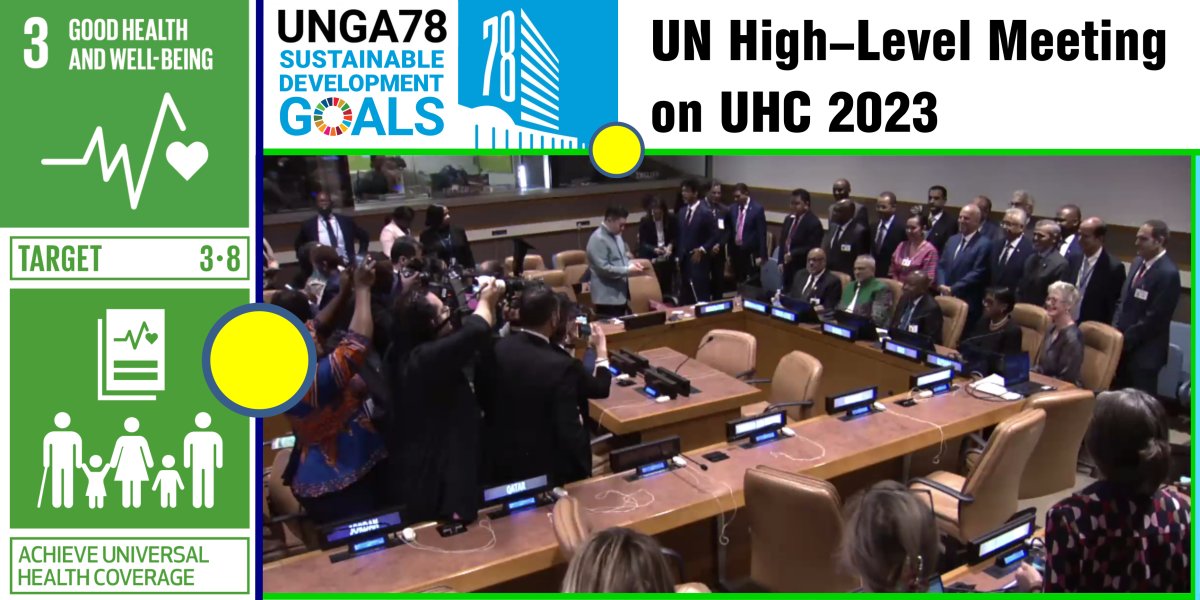
The United Nations High-Level Meeting on Universal Health Coverage (UHC) was one of the core events, and countries’ leaders demonstrated a strong commitment to provide UHC and to develop comprehensive programmes for prevention and treatment of communicable and noncommunicable diseases (NCDs). The Universal Health Coverage Global Monitoring Report has been released by the WHO, with one of the most striking findings indicating that very few countries have managed to improve service coverage and reduce catastrophic out-of-pocket (OOP) health spending. Moreover, the population incurring catastrophic OOP health spending continuously increased globally since 2000 and surpassed 1 billion by 2019. Overall, financial hardship due to OOP spending on health affected almost two billion people in 2019. And in 2021, half of the planet’s population was not fully covered by essential health services. These and other facts clearly indicate how much work is still required to achieve UHC.
The High-Level Meeting on UHC was mainly dedicated to cardiovascular disease, cancer, respiratory disease, and diabetes. However, other conditions urgently require the attention of world leaders, and their inclusion in UHC programmes is essential for achieving SDGs.
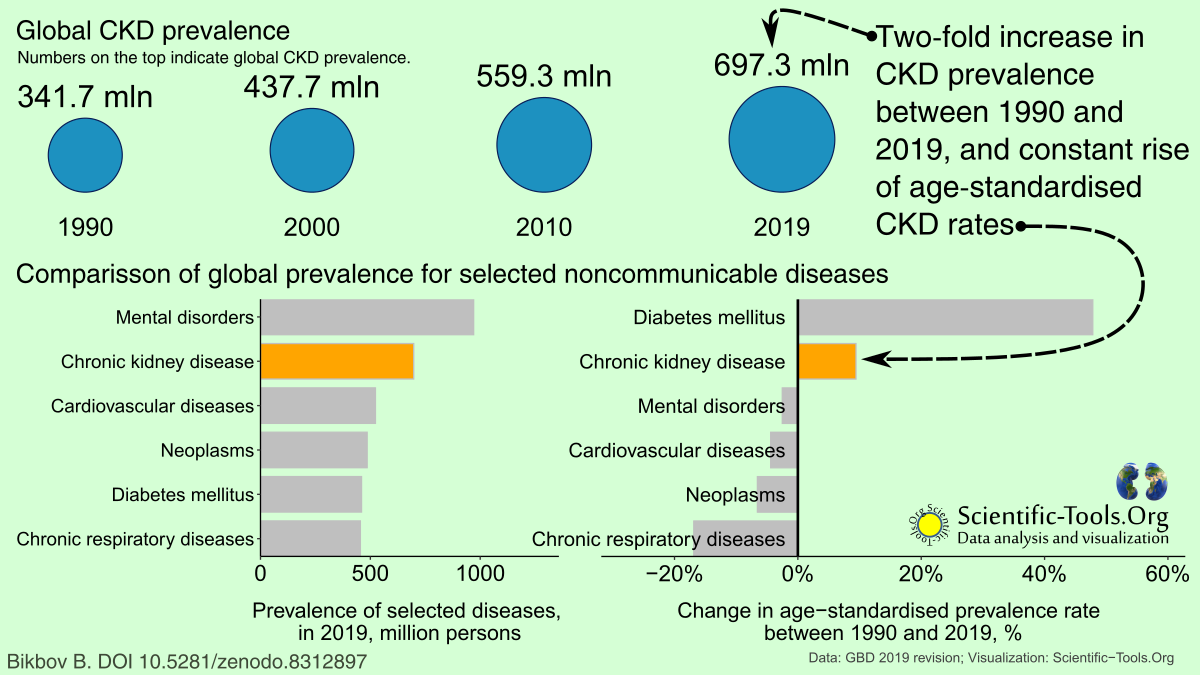
Chronic kidney disease (CKD) is an important contributor to morbidity and mortality from NCDs and is a highly relevant topic in global health. According to the Global Burden of Disease Study, CKD affects almost 700 million people worldwide, and the number of patients with CKD in the world is doubled between 1990 and 2019. However, only a minority of persons already having CKD know about it, and the awareness about CKD was only 6% in general populations and 10% in high-risk populations in low- and middle-income countries. More details on CKD epidemiology are available in the Lancet paper.
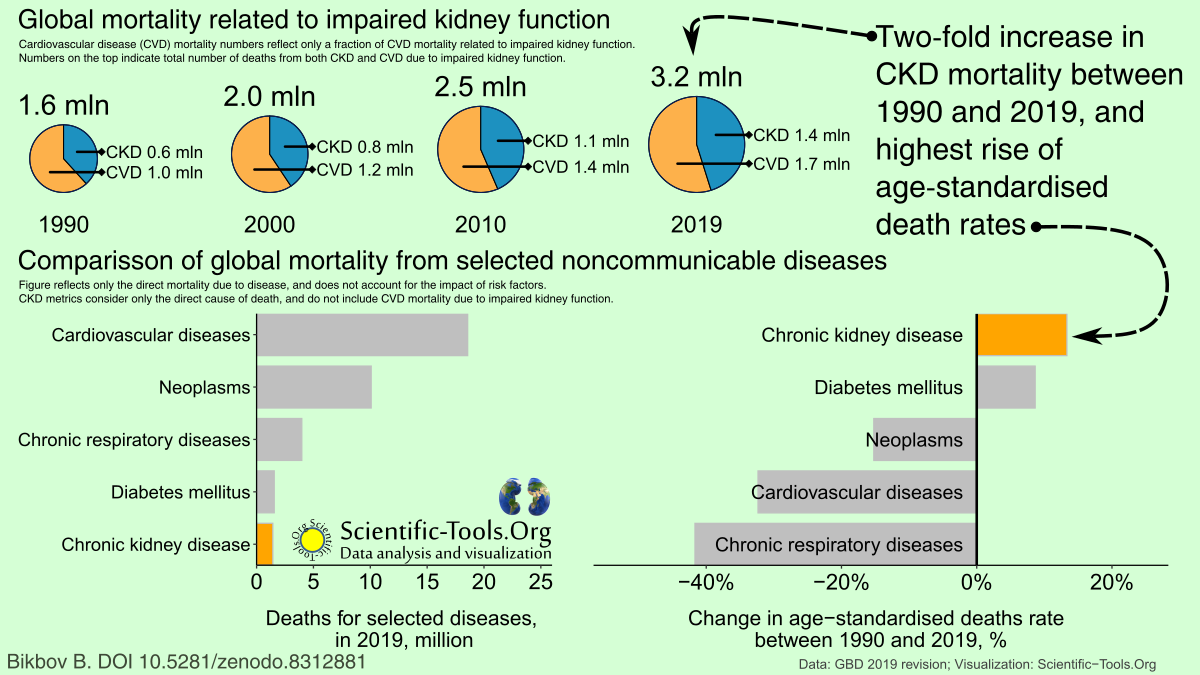
CKD globally led to 3.2 million deaths only in 2019, with 1.4 million deaths directly caused by CKD, and 1.7 million deaths occurred due to impaired kidney function as a risk factor for cardiovascular disease. This makes CKD the 11th leading cause of death among all diseases if we consider the direct effect of kidney disease, and the 7th leading cause of death in the world among all risk factors if we consider the effect of kidney disease as both a direct case and a risk factor for cardiovascular disease. Moreover, the age-standardised rates of CKD mortality demonstrated the highest increase among major NCDs, with the projected rank growth to the 5th leading cause of death by 2040.
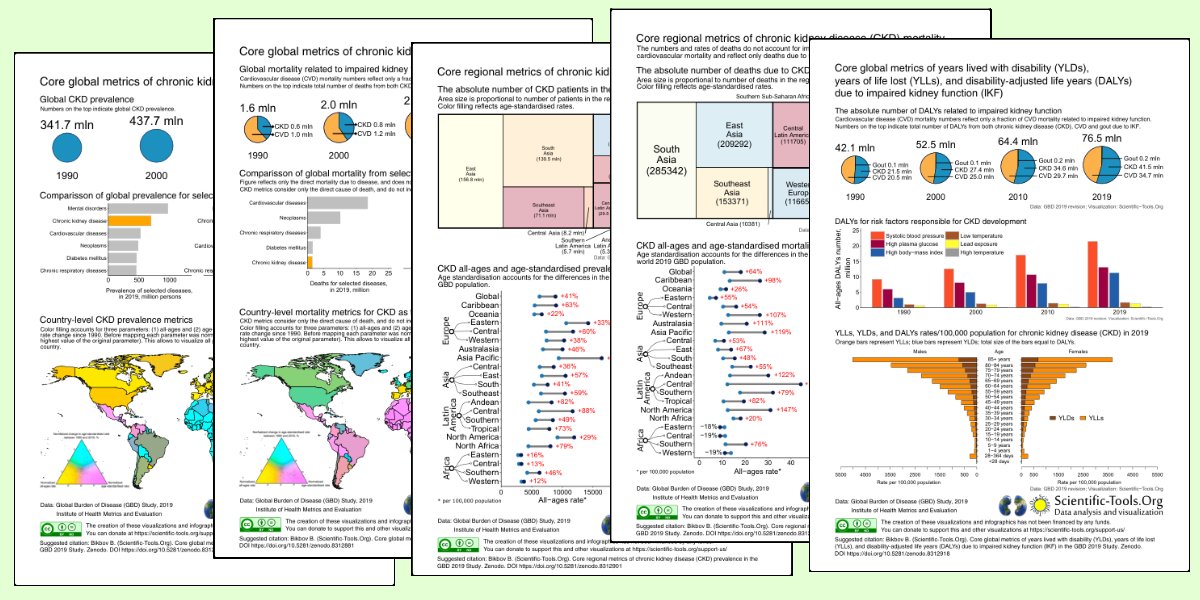
Scientific-Tools.Org created a series of infographics highlighting different aspects of CKD epidemiology at global, regional and country levels, as a part of advocacy efforts intended for provision of health care for CKD patients and the SDGs target to not leave anybody behind. All infographics are licenced under a Creative Commons Attribution NoDerivatives License and thus can be freely used and distributed. Over a short period of time, these infographics have received more than 25,000 impressions on social media, were distributed to major stakeholders, were disseminated on leading SDGs platforms, and overall received high attention from a wide audience. The final goal of these infographics is not only to raise awareness and call for action by local health authorities – but to improve the availability of prevention and treatment measures for people with CKD in all countries. You also could contribute to this goal by using, sharing and reposting these infographics!
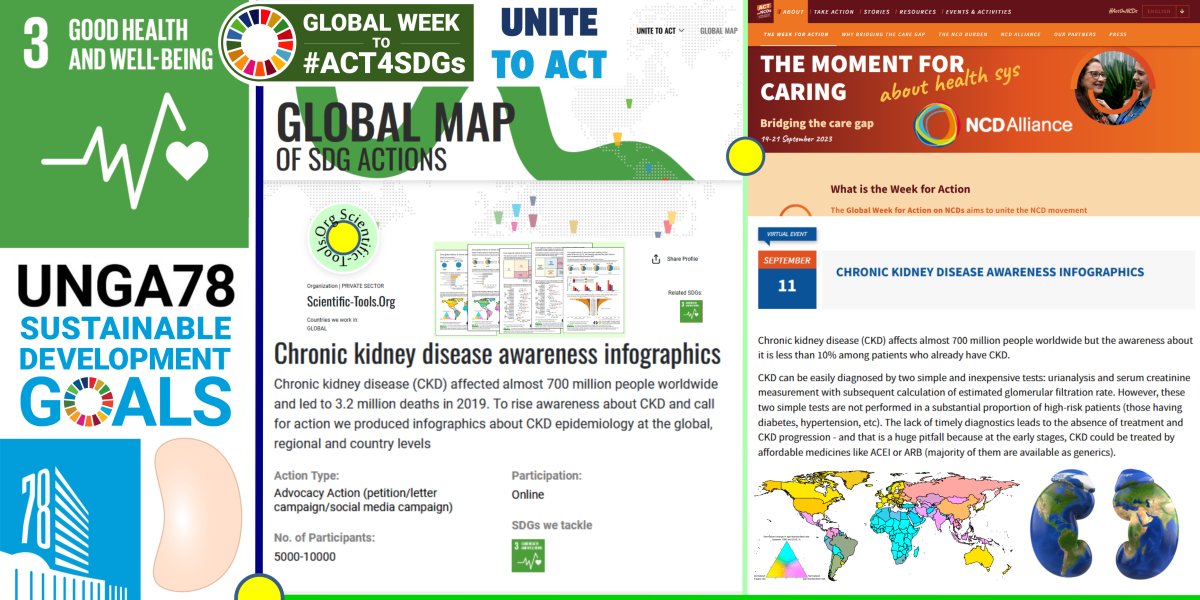
If you want to share or repost on LinkedIn, here are the links to posts:
1. CKD prevalence at the global level https://bit.ly/CKDGlobPrev
2. CKD mortality at the global level https://bit.ly/CKDGlobMort
3. CKD prevalence in 21 world regions https://bit.ly/CKDRegPrev
4. CKD mortality in 21 world regions https://bit.ly/CKDRegMort
5. CKD YLDs, YLLs and DALYs at the global level https://bit.ly/CKDGlobDALY
The creation of these infographics is the one of our projects that are not funded by any source. If you like them – you can support us by several ways and help to implement this ongoing project.
CKD can be easily diagnosed by two simple and inexpensive tests: urianalysis and serum creatinine measurement with subsequent calculation of estimated glomerular filtration rate. However, these two simple tests are not performed in a substantial proportion of high-risk patients (those having diabetes, hypertension, etc). The lack of timely diagnostics leads to the absence of treatment and CKD progression – and that is a huge pitfall because at the early stages, CKD could be treated by affordable medicines such as ACEI or ARB (majority of them are available as generics). In case if early stages remain untreated, CKD can progress to late stages with the development of complications and end-stage kidney disease, which requires high-cost dialysis or kidney transplantation, and is unfortunately not universally accessible for many LMICs. For many persons in countries without or with limited UHC, the development of end-stage kidney disease lead to catastrophic OOP health spending.
Despite its high burden, CKD is not included in health strategies in many countries. Our joint efforts to raise awareness and take concrete actions could improve the lives of 700 million people! Kidney health should be a part of global health, and no patient with kidney disease should be left behind!

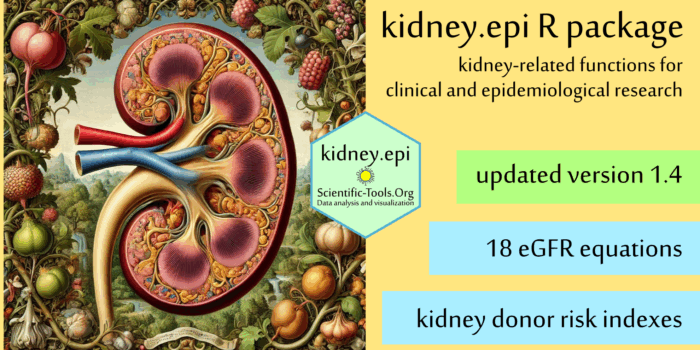
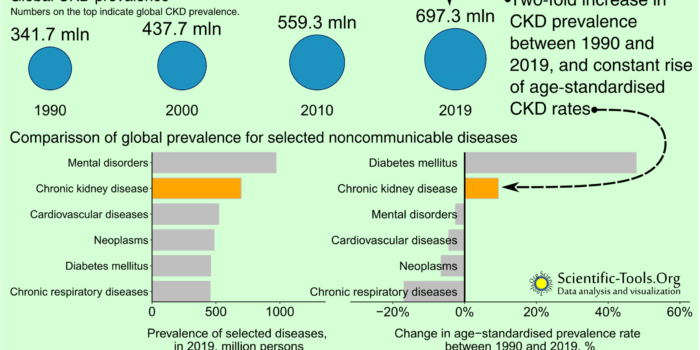
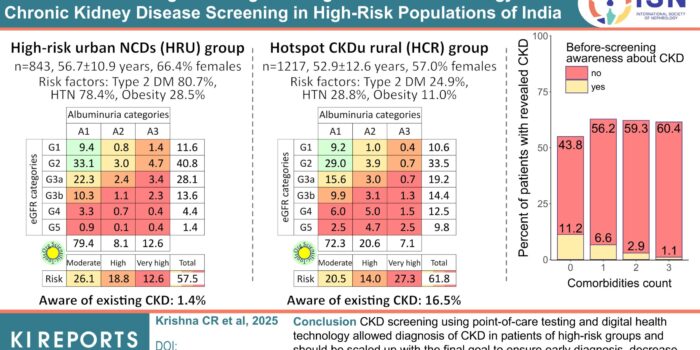
Comments (0)